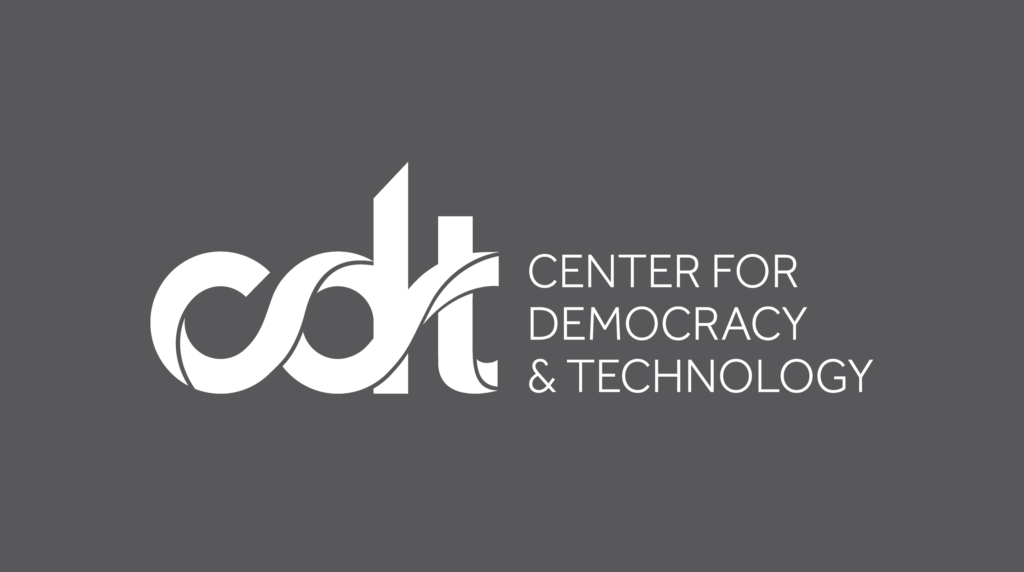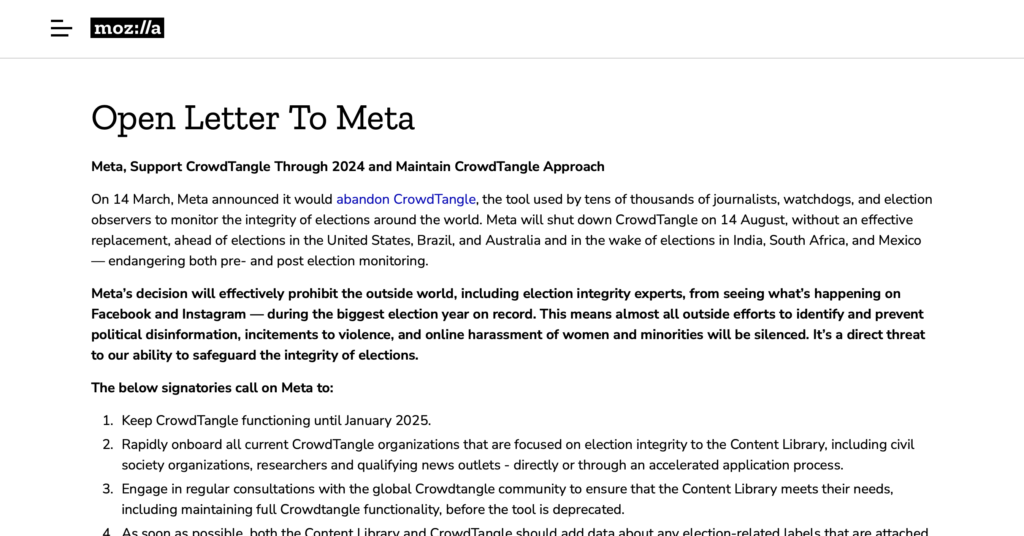How Many Disabled People Vote Over the Internet? We Need Better Data.
Policy decisions around voting technology have a huge impact on the security, fairness, and accessibility of elections. These decisions must be made from a fully informed perspective, particularly when the outcomes may disproportionately impact marginalized communities. One of the thorniest decisions in election administration is who—if anyone—should be able to vote over the internet. To better inform this decision, the U.S. Election Assistance Commission (EAC) should collect data on the availability of internet voting options to people with disabilities and on how many disabled voters take advantage of these options.
Having a variety of convenient options available to voters is an important way to ensure an inclusive democracy. Internet voting might seem to be an extremely convenient option. Unfortunately, widespread internet voting poses grave security risks to elections. As a 2020 notice from four federal agencies and a 2018 consensus report carried out by the National Academies of Sciences, Engineering, and Medicine have warned, the return of voted ballots over the internet is risky and perhaps impossible to make safe and secure. In our view, the potential dangers of widespread internet voting have not been significantly mitigated (by advances in technology, legislation, election procedures, or anything else) in the years since these publications. Accordingly, we have advocated against the implementation of universal internet voting.
Despite its weaknesses, though, internet voting may be the preferred method for some voters. These voters may be military personnel and overseas citizens (who have rights under UOCAVA, the Uniformed and Overseas Citizens Absentee Voting Act) without access to reliable mail. They may also be voters with disabilities who have difficulty accessing a polling place with accessible technology, or who are unable to independently and privately mark and/or return a paper absentee ballot. For example, a report released this month by the EAC and Rutgers University researchers showed that 38% of surveyed 2022 voters with vision impairments encountered difficulty voting with a mail ballot.
According to the National Conference of State Legislatures, more than half of the states in the U.S. allow military and overseas voters to return their ballots electronically, via email, fax, or an online portal. Prior to the 2020 election, blind voters and disability rights groups sued states, arguing that they should be afforded the same ability to vote online. They argued that the unequal availability of online voting was discriminatory and therefore violated the Americans with Disabilities Act, a vital civil rights statute that aims to minimize discrimination of disabled people and was passed 33 years ago today. Partly as a result of lawsuits like these, some voters with disabilities in 13 states are now able to return their ballots electronically. For some disabled voters, internet voting provides an accessible alternative by allowing them to complete and return a ballot using adaptive technology (such as a screen reader) rather than by having to go to a polling place or mark, fold, and return a mail ballot by hand. (Several counties have piloted programs in which election officials bring accessible voting technology directly to disabled voters’ homes, in a form of curbside voting where the “curb” is the voter’s home, but there is little evidence that these programs are effective and scalable. They also do not serve blind or low-vision voters who want to vote absentee for a common reason: they will be absent from their home jurisdiction during the voting period.)
As a result, electronic ballot return presents a tradeoff. From a disability rights perspective, internet voting may be the best or even only way for some disabled voters to cast a ballot independently and thereby enhance access to the ballot. From a cybersecurity perspective, internet voting is considered untrustworthy and unauditable, and therefore poses such severe risks to democracy that internet voting should be limited as much as possible.
One key to addressing this tradeoff and ensuring that our elections are as secure and accessible as possible is having information on how many voters are voting online. The EAC collects some of this data from election officials when it conducts the Election Administration Voting Survey (EAVS) and Policy Survey (EAPS) after each federal election. The survey includes questions about how many UOCAVA voters return their ballots electronically. (The survey data shows that, in 2020, at least 317,919 UOCAVA voters returned their ballots electronically via email, fax, or online portal. In 2022, at least 99,174 did.) But the survey does not collect any data on how many voters not covered by UOCAVA, such as disabled voters, vote electronically.
As states have expanded the availability of internet voting for disabled voters, it has become critically important for the EAC to collect data on how many disabled voters are choosing to vote online. Michelle Bishop, a disability voting rights expert at the National Disability Rights Network, has said that, just as with UOCAVA voters, we must be “willing to take a calculated risk” as we offer electronic voting options to disabled voters. But it is impossible to calculate the scale of this risk without data on how many disabled voters choose to vote online.
It is possible that the number of disabled individuals who have voted over the internet is rather low. In Colorado, for example, just over 100 non-UOCAVA voters returned their ballots electronically in 2022— presumably far fewer than the number of disabled voters who were eligible to do so. If so, this raises the question whether states that have internet voting available are doing sufficient outreach to voters who may otherwise have a difficult time voting. But if the number is very high, that might suggest that voters who have the ability to use more secure methods of voting (such as in-person, hand-marked paper ballots) are voting over the internet, creating unnecessary risk.
Because of the serious security risks posed by internet voting, we need to do the best possible job of ensuring that internet voting is available to those voters who truly need it—and no one else. Right now, we don’t know how well we are doing at that goal. But having better usage numbers will give us a sense and help us improve election policies in order to achieve it. (We also need to have a better understanding of what the numbers should be—in other words, the number of voters who have no way to vote other than over the internet. But such an analysis is beyond the scope of the EAC’s biennial surveys.)
To help paint a clearer picture of who votes over the internet, the EAC should modify the surveys that it will send to election officials after the 2024 election. Specifically, it should modify the EAPS survey to determine which non-UOCAVA voters in each jurisdiction are allowed to use electronic ballot return, and it should modify the EAVS survey to collect quantitative data on how many non-UOCAVA voters returned their ballots electronically. Reliable data is critical for making informed decisions about election technology and election policy—not just for disabled people, but for everyone. There can be real tension between cybersecurity and accessibility in elections. Decisions on these matters must be made with evidence and data at the forefront.
The authors thank Michelle Bishop, Alexia Kemerling, Deborah Scroggin, and John Sebes for helpful feedback and conversations. The authors also thank Judd Choate, Election Director for Colorado, for providing recent data related to non-UOCAVA electronic ballot return.


